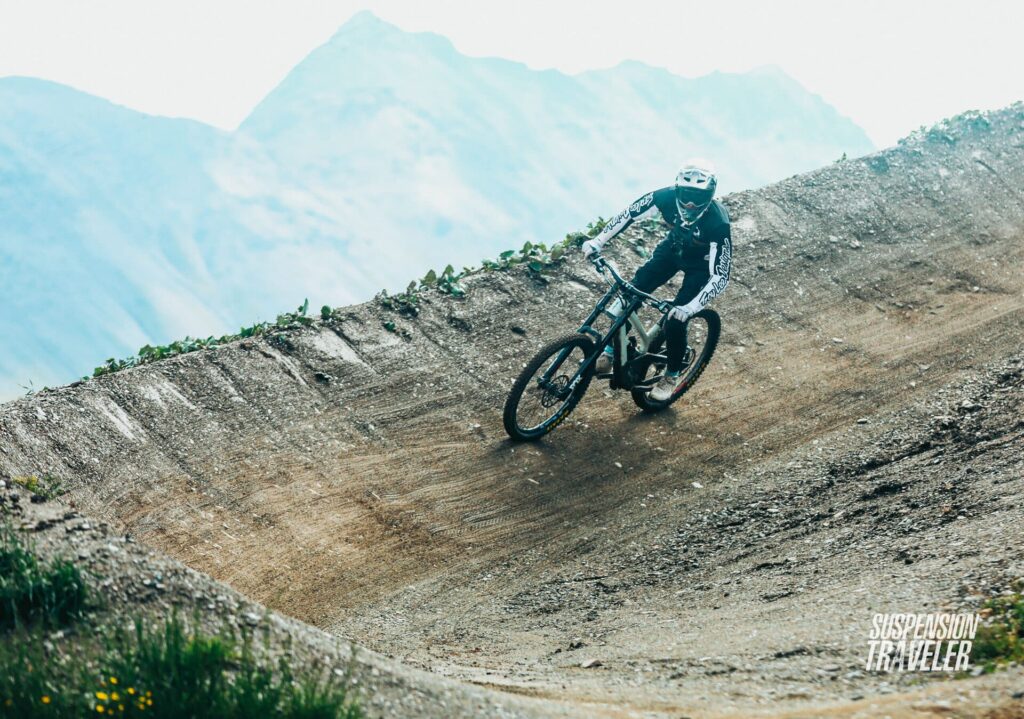Let’s be honest here, downhill mountain biking seems absurd if you look at it objectively: Highly specialized bikes (that can only go downhill), expensive gear, uphill shuttle services, long drives and long man-made tracks are all necessities.
There’s a lot of effort to even be able to do it. And then there are the risks and dangers of actually riding downhill.
Doesn’t make a lot of sense when you can do cheaper, more accessible and less risky sports in less time, right? But there are good reasons that more and more riders are attracted to this sport and sticking to it long-term.
Let’s discuss why we ride downhill.
“From the outside, it looks like the house is burning down.
Dean Lucas, FORMER world cup downhill racer
But from the inside, it’s pure bliss.”
The Risks and Dangers
I assume you’ve seen at least one “Downhill Fails and Crashes” viral video. And next time you do, ask yourself this: Why was there a camera rolling? The rider or their friend standing trackside knew what they were about to try ways out of their own comfort zone – maybe even a low probability of making it.
These are the absolute highlights (or lowlights) of riding DH. And I can’t say I’ve seen anything in real life as close to the reckless behavior displayed in these clips after over a decade of riding bike parks.
Anybody with a decently working survival instinct will keep the risks of downhill MTB in check: riding tails appropriate to their skills, actually using their brakes (every bike has two), slowly working themselves up on the difficulty and taking the time to look at unknown trails before going as fast as possible.
It’s all in the rider’s control. The viral crash videos are so spectacular because these riders aren’t. They’re riding way above their skill level and getting out of control.
The MTB Community
We’re a tight-knit community. That’s because we’re kind of a niche sport. There are way less DH riders than any other MTB discipline or even road cyclists. That’s where the mutual respect and comradery comes from.
Every riders understands the risks involved and the mindset you have to bring to enjoy a difficult and potentially high-consequence sport. It’s a small world and we encourage anyone willing to give it a try.
In bigger bike parks you’ll experience the social aspect of downhill mountain biking including meeting new people to ride with, forming friendships, and being part of a bigger community. Everyone’s here to have a good time riding bikes – that’s easy to bond over.
More than just the adrenaline rush
Contrary to popular belief, we’re not just a bunch of adrenaline junkies. Sure, the rush of adrenaline you get before a big jump or after mastering a technical section is part of the addiction but not nearly as big as people make it out to be.
In fact, running on an adrenaline high all the time would not go well for long. That would mean riding at the limit at all times and asking for some minor lapse in concentration or fatique to cause trouble.
You’ll only dump adrenaline in anticipation of some gnarly section coming up or after a close call. It’s not a constant state of mind. Most of the time you’re looking to ride within the flow state and only push your limits a couple of times a day – not constantly.
Overcoming Fear: A test of courage
That being said, getting out of your personal comfort zone is a big appeal. As long as the desire to improve and push for more comes from within, it’s a very healthy way to grow as a rider.
There is no better feeling than succesfully confronting a difficult section or an intimidating jump you know you can do, but haven’t yet proven to yourself that you actually can.
One thing to beware is a little thing called peer pressure. A little positive reinforcement can go along way in boosting your confidence. Too much external encouragement tho, and overconfidence can have real dire consequences.
There’s a term for riding buddies who decide to pull up and film their friends attempting some crazy feature above their skill level – and end up in a crash reel on YouTube: Kodak Courage.
The mental health benefits of perseverance and determination
There’s also a point to be made for intense activities like DH. The mentally taxing aspect can be a huge boost for your mental health – in many ways than one.
Part of the reason is the level of focus required, even when riding relatively easy trails. You can’t help but forget everything around you, your problems at home or at work. It’s so easy to shut everything off and reduce stress levels.
Very few activities in life have such intense instant gratification for somthing you achieve on your own. Simple things like hitting a turn perfectly or not getting dropped by the friend in front of you can be such a dopamine rush. A healthy one tho. The rush you worked for and get rewarded with.
And then there’s the part of building self confidence by overcoming fear and doing difficult things. At the end of the day, you alone are in charge of the bike. No one else can do a scary section for you. You’ve got to find the courage within you and confront your inner demons.
The evidence that you can do difficult, scary things will help you on the bike and in life.
… and physical health benefits
The downhill riding parts are regularly interrupted by uphill shuttles. In a way it’s a HIIT (high-intensity interval training). Not exactly fun to do in the gym.
So while DH is exhausting, it’s also fun and can get people outdoors and exercising that would never sweat in a gym environment. And there are many benefits such as cardiovascular fitness, strength building, and improved coordination – all while being out in nature.

